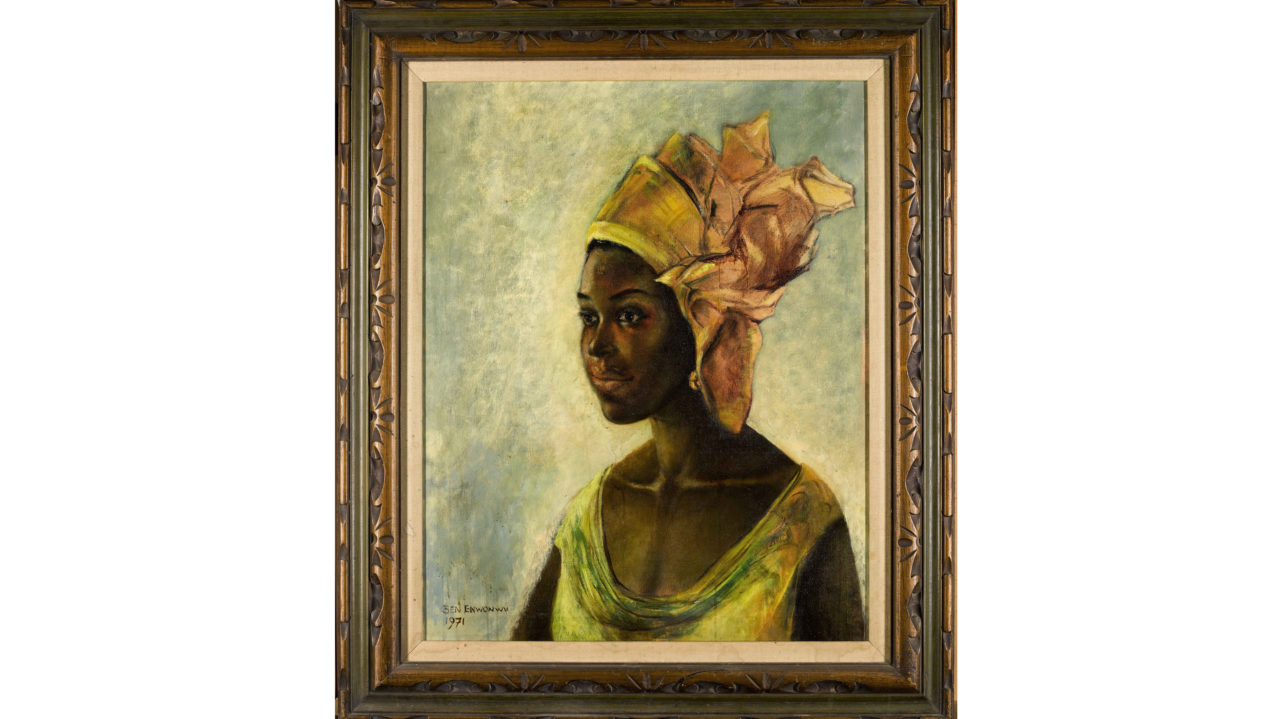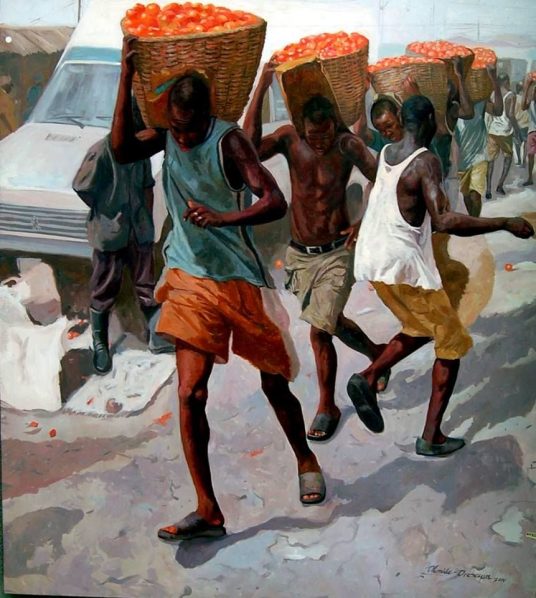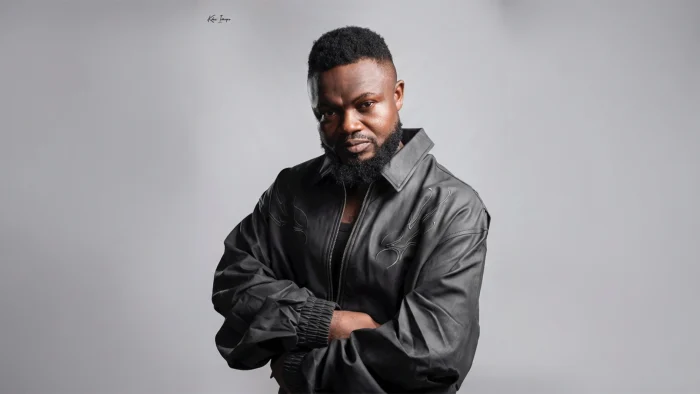
Visual art shows play a vital role in creative expression and social commentary. With a rich history and diverse artistic traditions, the country is home to a lot of talented artists who have left indelible marks on the scene.
[ad]
Artists such as Ben Enwonwu, Yusuf Grillo, El Anatsui, Oyenike Monica Okundaye, Ndidi Dike, Victor Ehikhamenor and Njideka Akunyili-Crosby, among others, have provided Nigeria with a platform to show it is one country that should be respected when it comes to visual art.
These artists have not only provided a glimpse into the country’s past but also reflected contemporary experiences. They have navigated the complexities of modern Nigerian society and expressed their perspectives on political, social and environmental issues.
Enwonwu: Considered one of Nigeria’s most influential artists, Enwonwu is known for his pioneering role in modern African art. His most famous work, ‘Tutu’, became a national symbol in Nigeria. ‘Tutu’, is, in fact, Nigeria’s ‘Mona Lisa’.
Grillo: A renowned painter, Grillo is known for his unique style that blends traditional Nigerian motifs with modern abstraction. In his lifetime, he received numerous awards and accolades for his contributions to Nigerian art.
Anatsui: Although born in Ghana, Anatsui has spent a significant part of his career in Nigeria. He is celebrated for his large-scale, shimmering tapestries made from discarded materials such as bottle caps and aluminium cans.
Okundaye: A renowned textile artist, Okundaye is known for her vibrant and intricate adire (traditional Yoruba fabric) designs. She is also the founder of the Nike Art Gallery, a prominent exhibition space in Lagos.
Dike: Dike is a contemporary artist known for her multi-media installations that explore social and political issues in Nigeria. Her work often incorporates found objects and materials to create thought-provoking installations.

Ehikhamenor: Ehikhamenor is a multidisciplinary artist whose work encompasses painting, sculpture, photography, and installations. He explores themes of identity, culture and politics in Nigeria through his art.
Njideka Akunyili-Crosby
Born in Nigeria and now based in the United States, Akunyili-Crosby has gained international acclaim for her mixed-media artworks that explore themes of identity, memory and cultural hybridity.
Interrogating Decline of Visual Arts In Nigeria
From ancient Benin Bronze sculptures to vibrant Yoruba textile designs, Nigerian art encompasses a wide range of media, styles and themes. These artistic expressions serve as not just a means of telling stories, but preserving the country’s cultural narratives and celebrating identity.
Visual Art Shows have long been an integral part of Nigeria, serving as a platform for artists to express themselves and showcase their creativity. However, in recent years, there has been a noticeable decline in the prominence and popularity of visual art exhibitions in Nigeria, making you wonder whether Nigerians have shifted their focus to the more entertaining world of Western culture.
The major challenges confronting visual arts includes:
Economic Challenges
One of the primary reasons for the decline of visual arts and exhibitions in Nigeria is the prevailing economic challenge facing the country. Nigeria faces economic instability, which has led to reduced government funding and limited financial support for the arts sector.
Artists often struggle to secure adequate resources to create and promote their work, making it difficult to sustain their artistic practices and organise exhibitions.
Limited Support for Art Education
The declining support for art education in Nigeria has also played a role in this decline. Art education programmes have suffered from reduced funding and a lack of emphasis on creative subjects in the curriculum.
This has resulted in a decrease in the number of students pursuing visual arts, leading to a decline in the pool of talented artists and a subsequent decrease in the overall quality of artistic productions.
Changing Cultural Values
Changing cultural values in Nigerian society has also had an impact on the decline of visual arts and exhibitions. With the increasing influence of globalisation and Western culture, there has been a shift in preferences towards more mainstream forms of entertainment and art.
Contemporary and commercialised forms of expression are now overshadowing traditional art forms, which were once highly regarded.
 Reviving Visual Arts In Nigeria
Reviving Visual Arts In Nigeria
The decline of visual art shows in Nigeria can be attributed to various factors, including economic challenges, limited infrastructure, inadequate support for art education, and changing cultural values. To reverse this trend, concerted efforts are needed to invest in the arts sector, provide better funding and resources, and promote art education.
By creating a supportive environment for artists and encouraging public engagement with visual art, Nigeria can revitalise its art scene and reclaim its position as a hub of creativity and cultural expression. Only through these collective endeavours can the decline be halted, allowing the Nigerian art community to thrive once again.
Visual arts and exhibitions are a vibrant and dynamic part of Nigerian culture, allowing artists to express their creativity, preserve traditions, and challenge societal norms.
Through their ability to facilitate cultural dialogue, stimulate economic growth, and empower marginalised communities, visual arts and exhibitions in Nigeria have the potential to foster social change and shape a more inclusive and prosperous society.
It is crucial to continue supporting and promoting the Nigerian art scene to nurture artistic talent, cultural exchange, and collective progress.
[ad unit=2]








